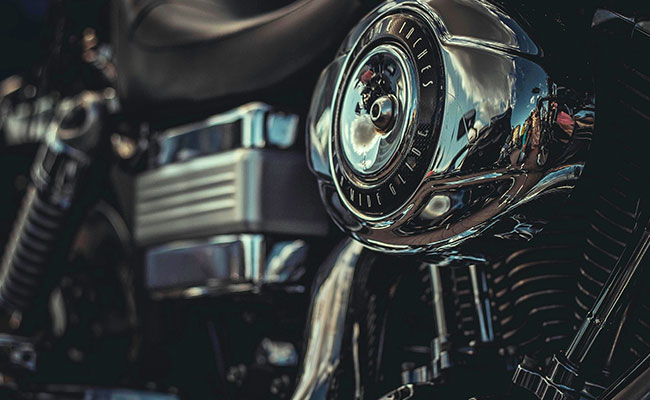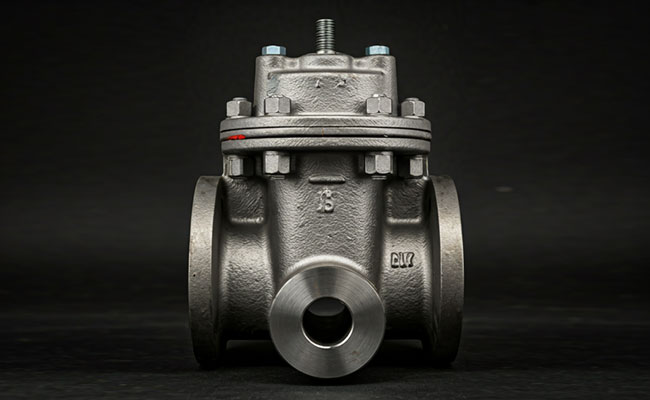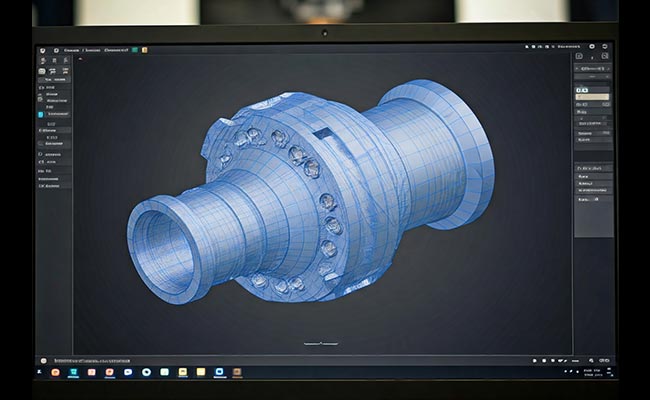
Advantages of Recycling in Metal Casting
2024-12-16
Season’s Greetings and Warmest Wishes!
2024-12-30Automotive metal casting is experiencing rapid changes driven by technological advancements, regulatory demands, and the growing emphasis on sustainability. The automotive industry has long relied on metal casting for producing components that are both durable and cost-effective, but recent trends are reshaping the landscape. Here are some of the key trends in automotive metal casting:
1. Lightweighting for Fuel Efficiency and Emissions Reduction
With increasingly strict emissions regulations and fuel efficiency standards, automakers are focused on reducing vehicle weight without compromising safety or performance. Lightweighting involves replacing traditional steel components with lighter materials like aluminum and magnesium alloys. These materials offer comparable strength at a fraction of the weight, making them ideal for casting applications in parts like engine blocks, transmission housings, and suspension components. Lightweighting directly contributes to better fuel efficiency and lower carbon emissions, aligning with both regulatory and consumer demands for eco-friendly vehicles.
2. Advances in High-Pressure Die Casting (HPDC)
High-Pressure Die Casting (HPDC) has become a preferred method in automotive metal casting due to its ability to produce complex shapes with high precision and excellent surface finish. HPDC allows for the creation of thinner, lightweight components, which are essential for reducing vehicle weight. This technology also enables the casting of larger components, allowing automakers to consolidate parts, which simplifies assembly processes, reduces costs, and increases structural integrity. HPDC is particularly popular for casting aluminum and magnesium parts and is now a cornerstone of electric vehicle (EV) production, where structural battery casings and other key components are needed.
3. Increased Use of Electric Vehicles (EVs) and Battery Casing Casting
The shift towards electric vehicles is pushing new demands on metal casting processes. Electric vehicles require unique components, such as battery casings and motor housings, which often need to be cast in lightweight, heat-resistant, and corrosion-resistant materials. Aluminum, magnesium, and specialized alloys are increasingly used in casting these parts, as they can effectively manage the thermal and structural needs of EVs. Many casting companies are investing in technologies to meet the high-precision and high-quality standards required for these critical EV components.
4. Sustainable and Recyclable Materials
Sustainability has become a priority in the automotive industry, and metal casting is no exception. Recycled metals are becoming more widely used in casting processes, as they not only reduce energy consumption and waste but also reduce dependence on newly mined materials. Many foundries are investing in more sustainable practices, including using high-quality recycled aluminum and steel to reduce environmental impacts. Additionally, innovations in metal alloy formulations focus on creating materials that are easily recyclable, which aligns with the industry’s shift toward a more circular economy.
5. 3D Printing and Additive Manufacturing in Casting Molds
Additive manufacturing, particularly 3D printing, is transforming the casting process by enabling rapid prototyping and creating more intricate mold designs. 3D-printed molds allow for shorter lead times in developing new parts and help lower the cost of producing complex or customized components. This technology is also useful in producing cores and molds with designs that would be difficult or impossible to achieve with traditional tooling. By combining 3D printing with traditional casting methods, manufacturers can produce lighter, stronger, and more efficient automotive components, particularly in short-run or specialized production.
6. Digitalization and Smart Foundries
Industry 4.0 technologies, including the Internet of Things (IoT), artificial intelligence (AI), and data analytics, are increasingly being applied to metal casting processes. These “smart foundries” use real-time data monitoring to optimize casting conditions, predict equipment maintenance needs, and improve quality control. This approach leads to fewer defects, higher production yields, and reduced waste. Automated quality checks powered by AI are also becoming common, ensuring that automotive components meet stringent safety and performance standards without extensive manual inspection.
7. Structural Castings for Reduced Assembly Complexity
A recent trend in automotive casting is the shift toward producing large, single-piece structural castings that replace multiple smaller parts. Known as “mega-casting,” this approach has been pioneered by companies like Tesla, which uses giant casting machines to produce entire sections of vehicle frames in a single piece. This method reduces part counts, assembly time, and potential failure points, leading to lighter, more rigid vehicle structures. It also aligns well with EV production, where battery integration requires large, seamless structural components.




